Dinner
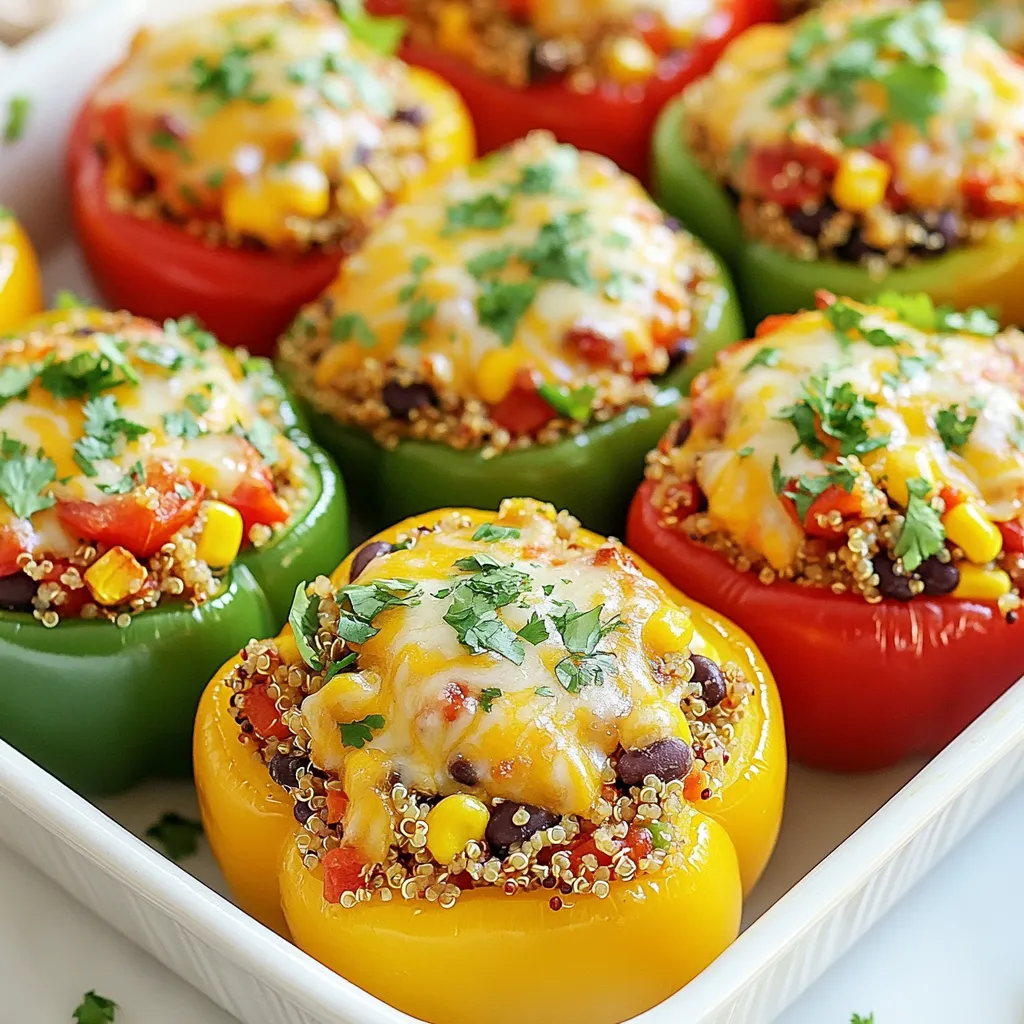
Easy Stuffed Bell Peppers Quick and Tasty Recipe
Are you ready to make a meal that looks great and tastes even better? My Easy Stuffed Bell Peppers recipe combines vibrant colors and delightful

Italian Sausage Rigatoni Flavorful and Easy Recipe
If you love pasta that’s packed with flavor, you can’t miss this Italian Sausage Rigatoni recipe. It’s simple, quick, and a go-to for any night
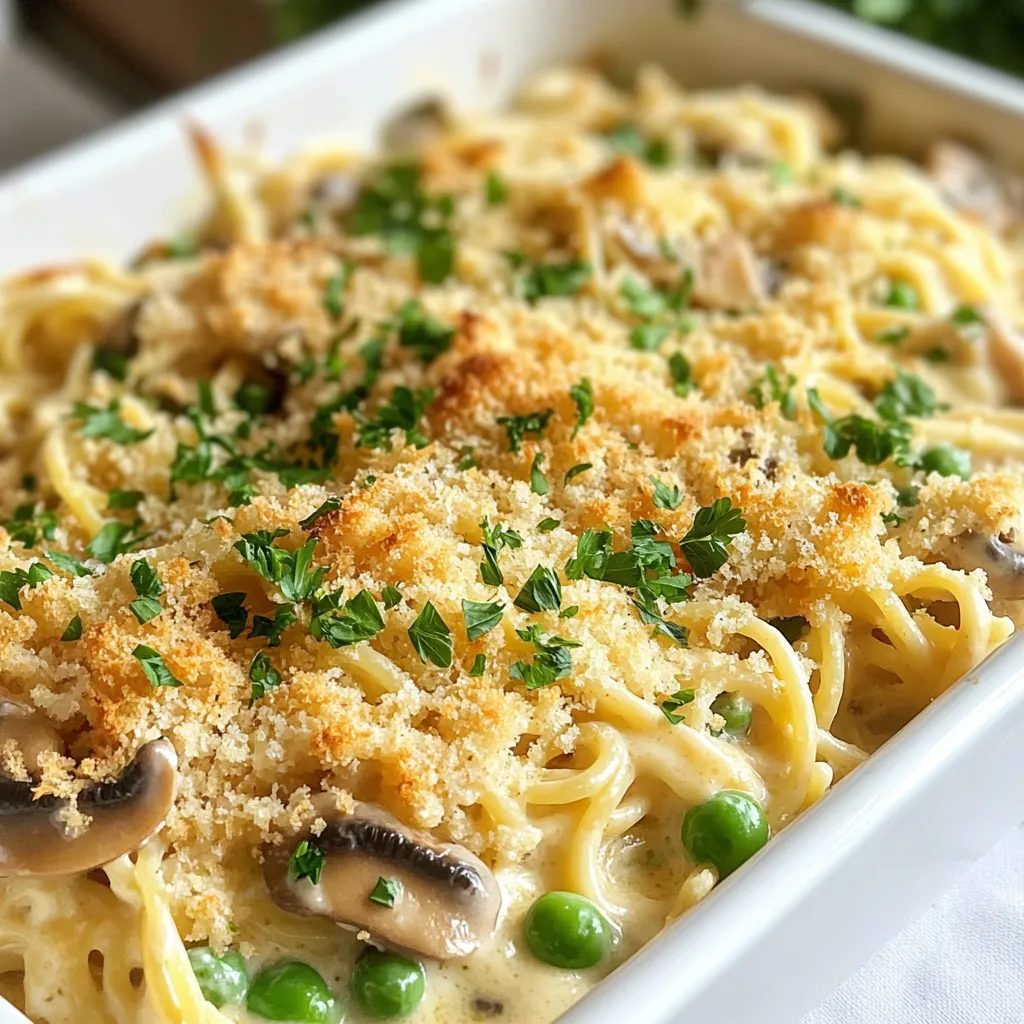
Chicken Tetrazzini Comforting and Cozy Dinner Dish
Looking for a warm and cozy dinner dish? Chicken Tetrazzini is the answer! This creamy, comforting meal combines tender chicken, pasta, and a mix of
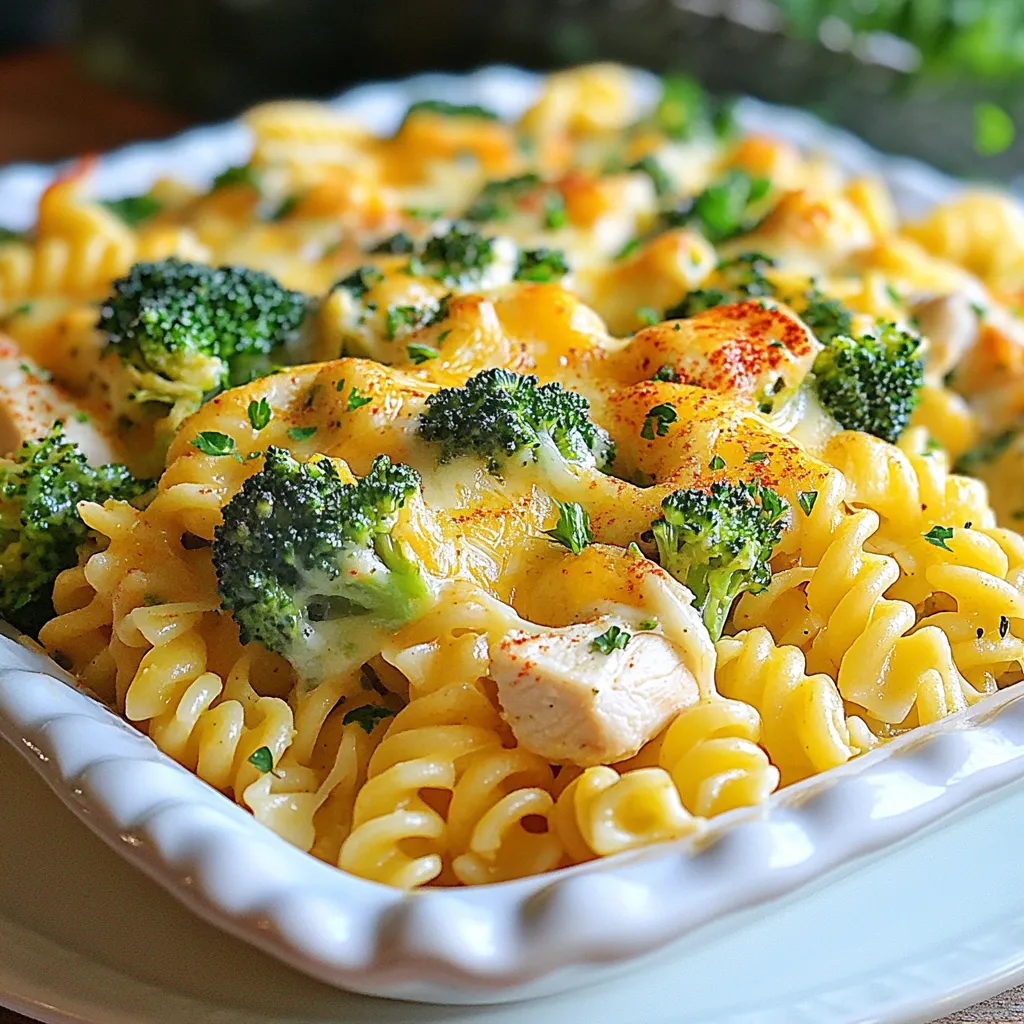
Cheesy Broccoli Chicken Pasta Bake Easy Weeknight Meal
Looking for a simple yet tasty dinner? This Cheesy Broccoli Chicken Pasta Bake is your answer! Packed with rotini, tender chicken, and vibrant broccoli, this

Healthy Ground Beef Pasta Skillet Flavorful Dinner Dish
Looking for a quick, healthy dinner that’s packed with flavor? You’ve found it! My Healthy Ground Beef Pasta Skillet is your go-to dish for busy

Whole30 Hawaiian Chicken Sheet Pan Delightful Recipe
Are you ready to awaken your dinner routine with a burst of tropical flavor? This Whole30 Hawaiian Chicken Sheet Pan recipe combines juicy chicken thighs
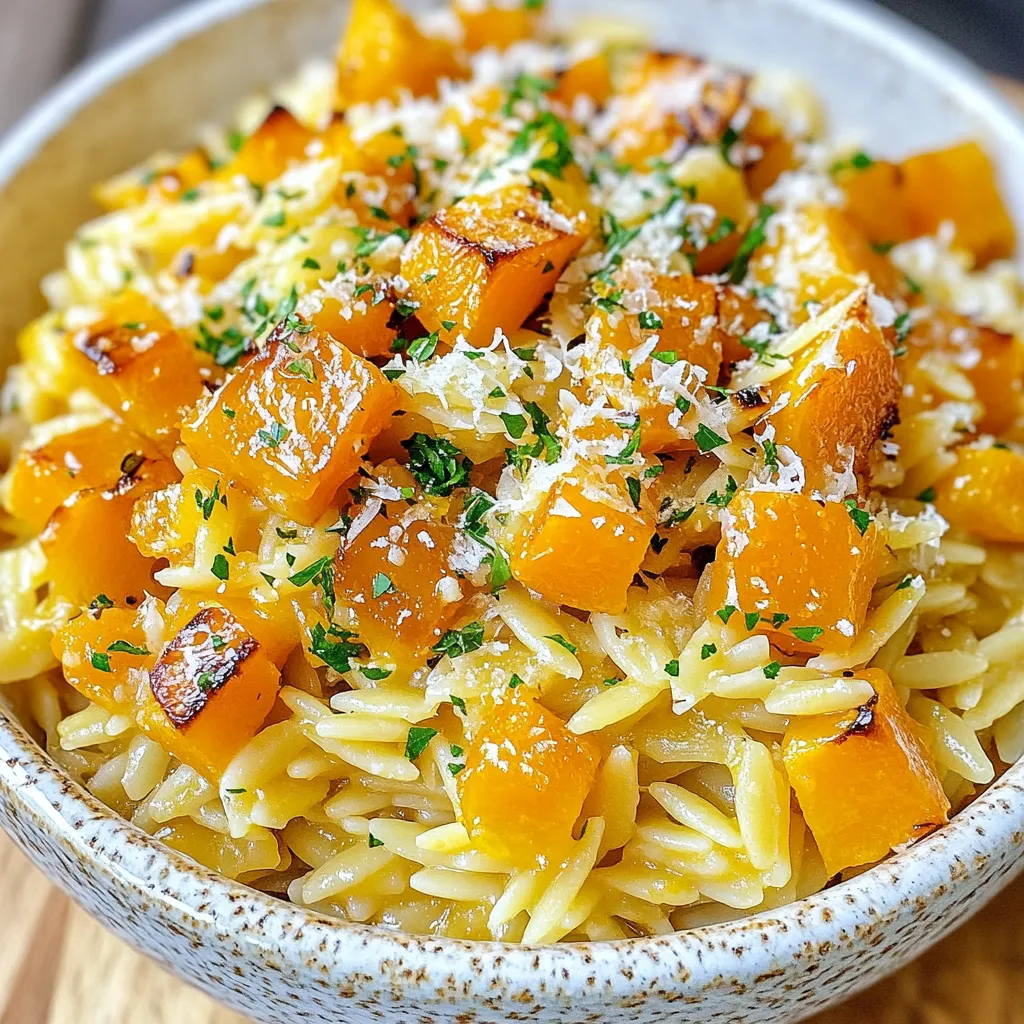
Savory Brown Butter Orzo with Butternut Squash Dish
Looking for a warm, cozy dish that’ll impress everyone? Try my Savory Brown Butter Orzo with Butternut Squash! This delightful recipe mixes nutty brown butter
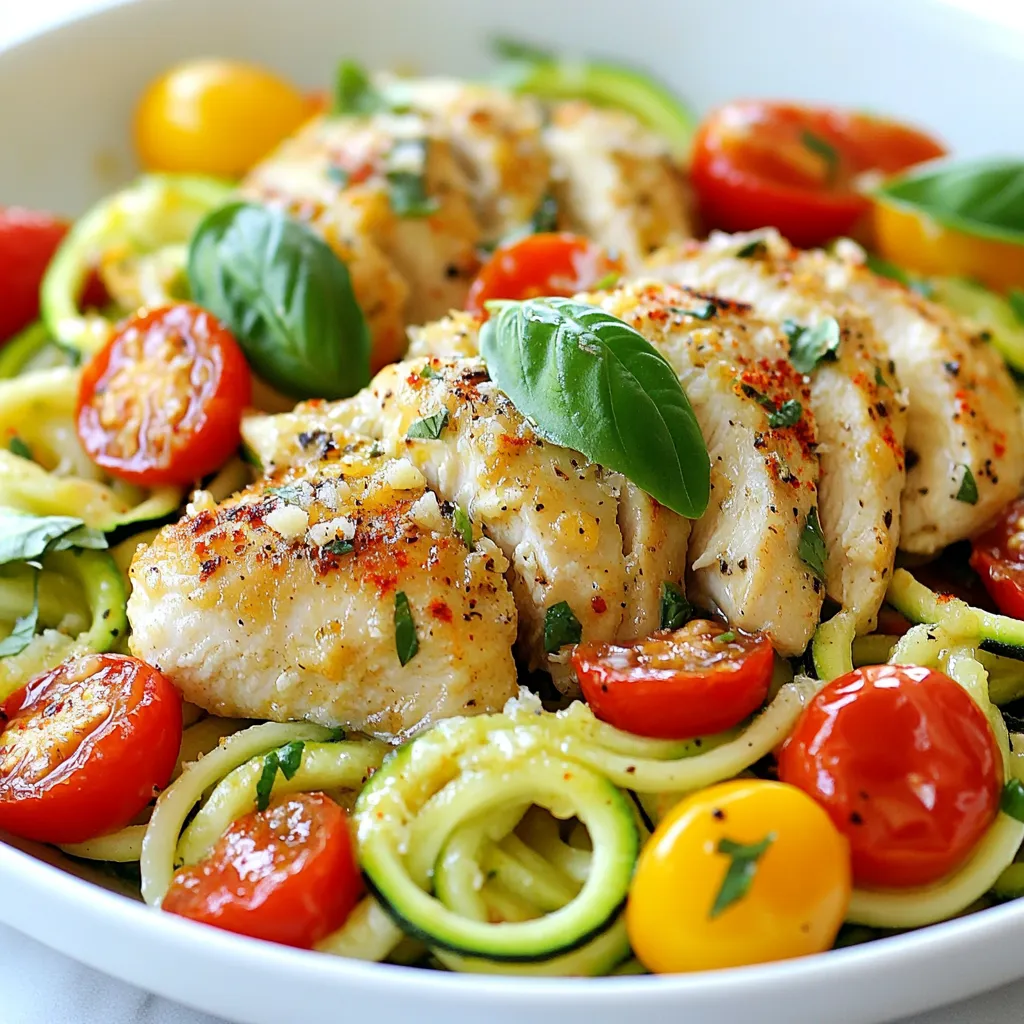
Garlic Chicken Zucchini Noodles Tasty and Easy Recipe
Are you ready for a delicious and easy meal? Garlic Chicken Zucchini Noodles will wow your taste buds! This simple recipe packs flavor and feels
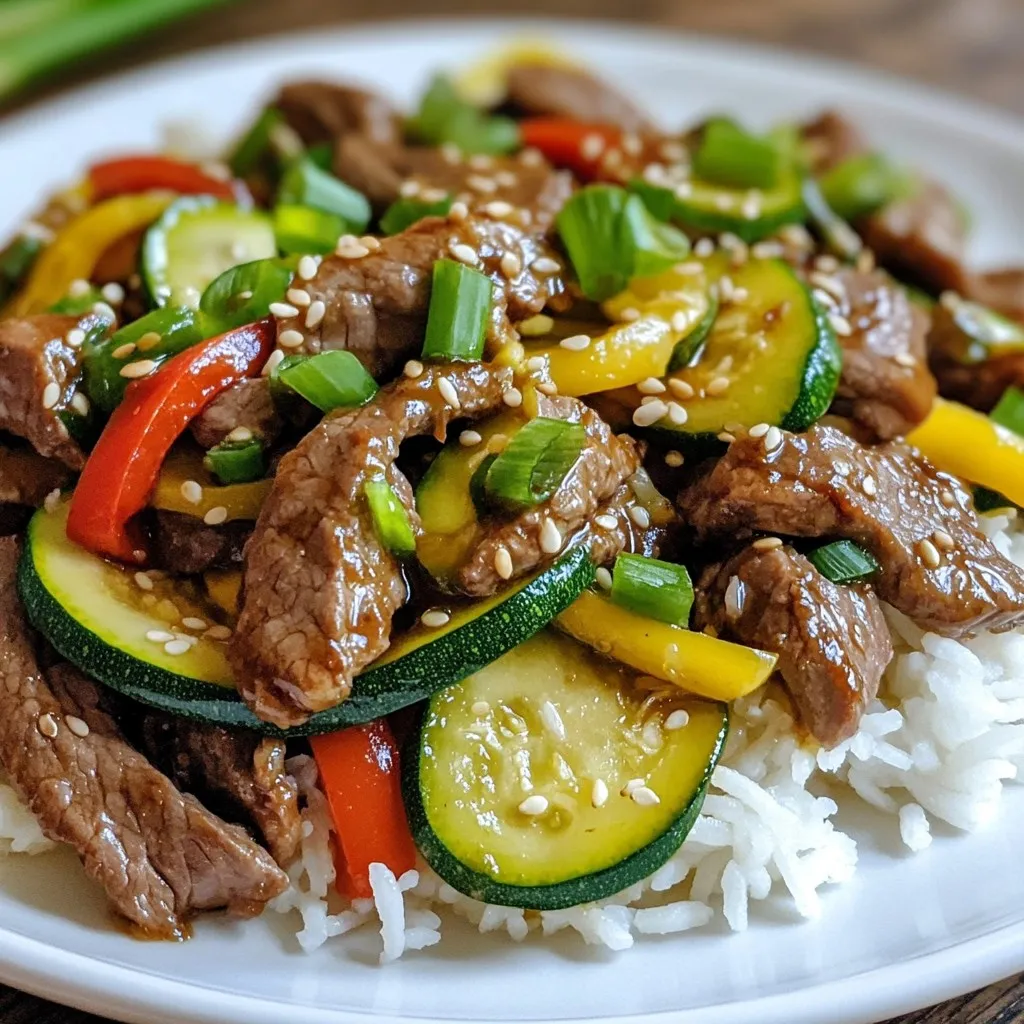
Zucchini Beef Stir Fry Flavorful and Quick Meal
Looking for a quick and tasty dinner? Try this Zucchini Beef Stir Fry! It’s packed with flavor and uses simple ingredients like sirloin beef, fresh
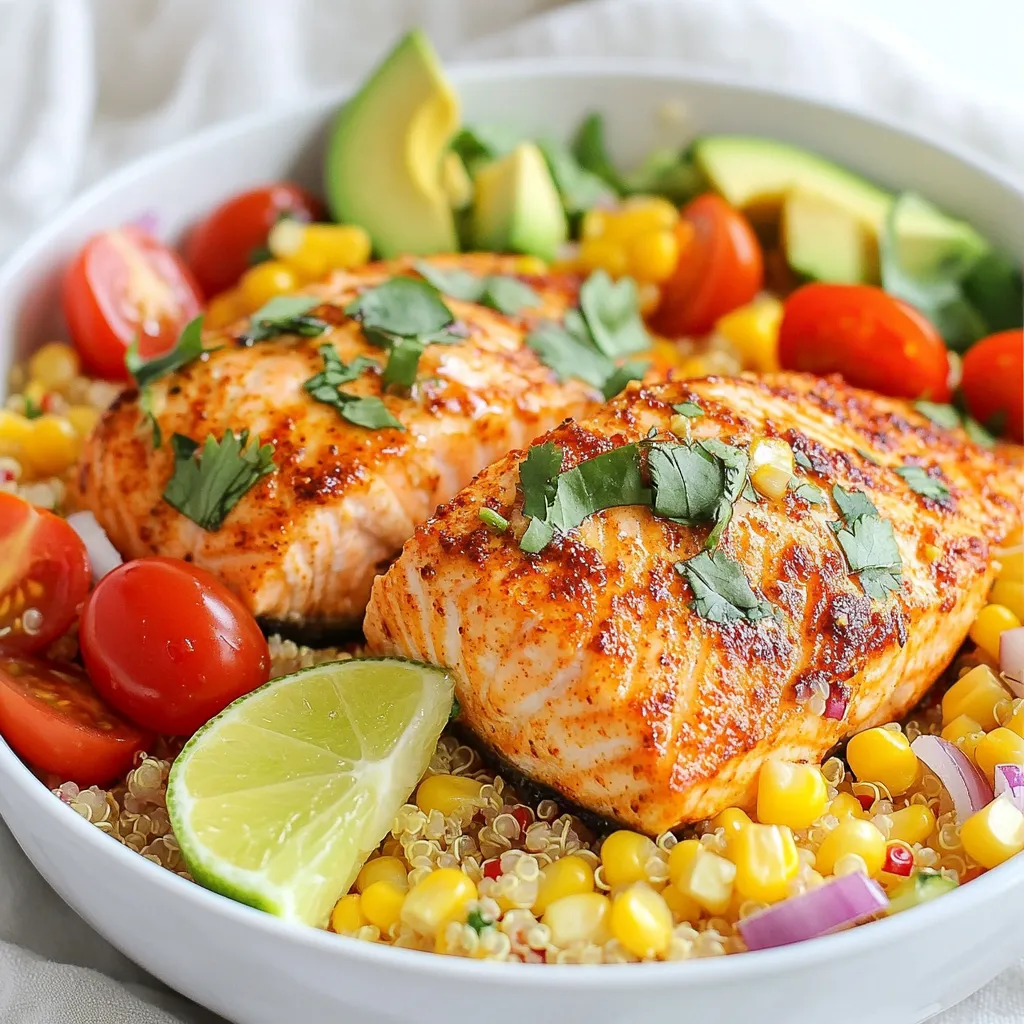
Chili Lime Salmon Bowls Flavorful and Healthy Meal
Craving a meal that’s both tasty and healthy? Let me introduce you to Chili Lime Salmon Bowls! This dish bursts with flavor and fresh ingredients,